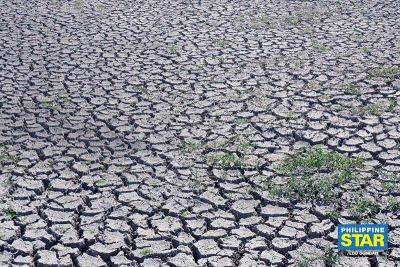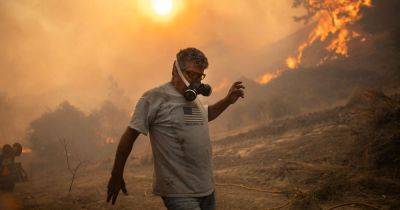El Niño to affect 51 provinces this month
MANILA, Philippines — The number of provinces to be affected by the El Niño phenomenon may increase to 51 by the end of this month, according to the Philippine Atmospheric, Geophysical and Astronomical Services Administration.
PAGASA said 41 provinces experienced adverse effects of El Niño in January. The figure is lower than the 50 provinces projected to be affected by the calamity during the agency’s initial assessment on Jan. 21.
State meteorologists said Metro Manila and 23 provinces may experience drought by the end of February.
These provinces are Abra, Apayao, Aurora, Bataan, Benguet, Cagayan, Cavite, Ifugao, llocos Norte, llocos Sur, Isabela, Kalinga, La Union, Mountain Province, Nueva Ecija, Nueva Vizcaya, Occidental Mindoro Palawan, Pangasinan, Quirino, Rizal and Zambales in Luzon as well as Negros Occidental in the Visayas.
Drought is characterized by below normal rainfall condition or a decrease of 21 to 60 percent in rain occurences for five consecutive months, or below normal rainfall condition for three consecutive months.
Aklan, Albay, Basilan, Lanao del Sur, Marinduque, Northern Samar, Pampanga, Sorsogon and Tarlac are no longer part of El Niño-affected provinces, based on latest data released by the weather agency.
Still, PAGASA said the dry spell could be experienced in 17 provinces, while dry condition may prevail in 10 provinces.
Dry spell refers to below normal rainfall condition for three consecutive months, while dry condition is characterized by below normal rainfall for two months.
PAGASA said a strong and mature El Niño would prevail this month, although a majority of global climate models foresee the phenomenon persisting from March to May.
The below normal rainfall condition may adversely affect climate-sensitive sectors such as agriculture, energy, health, public safety and water, PAGASA said.







